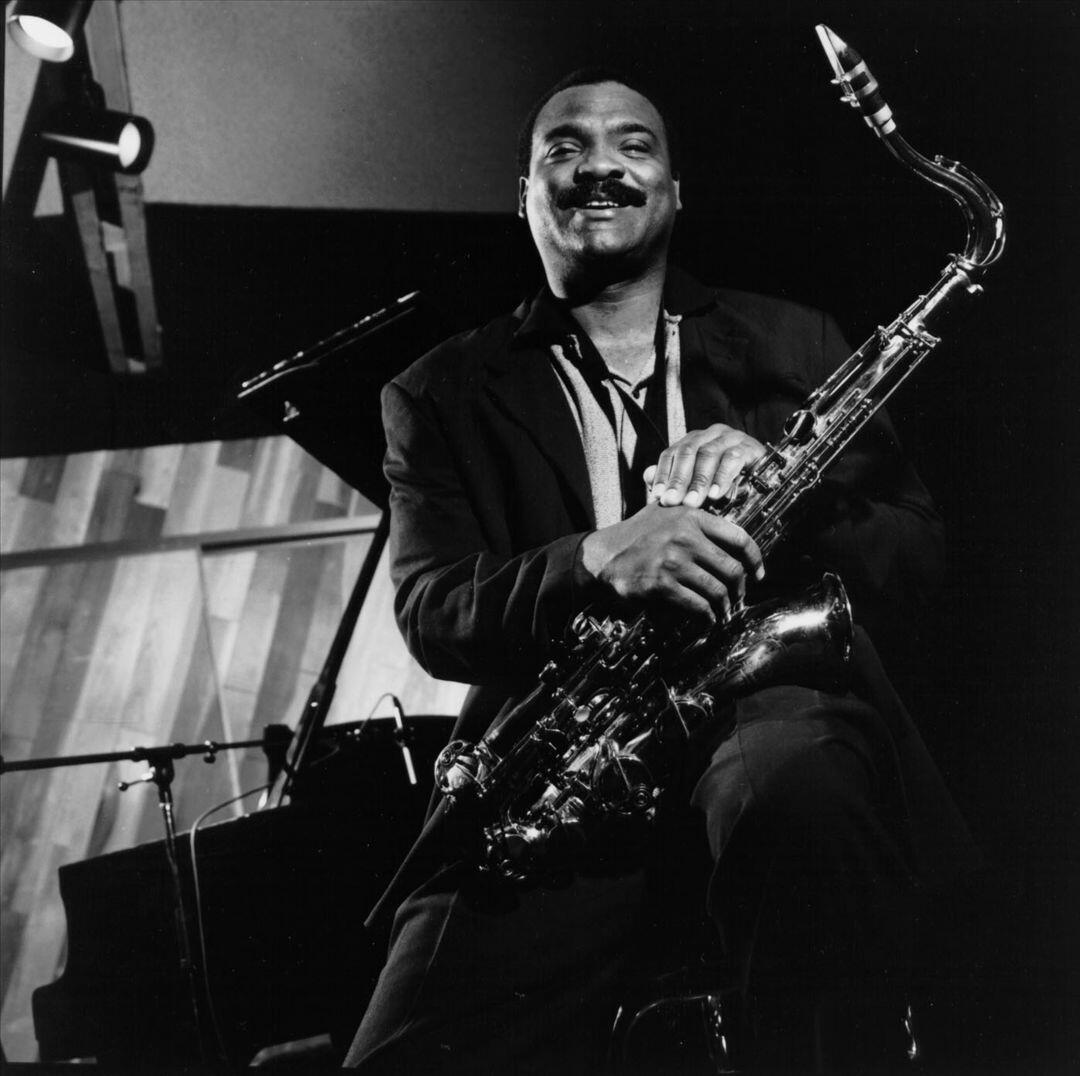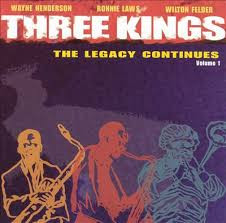
Artist Profile: Ronnie Laws
Ronnie Laws is a dynamic force in jazz and R&B, whose soulful saxophone and smooth grooves have defined the sound of jazz-funk for over five decades. With a career that bridges the golden era of 1970s jazz fusion and today’s contemporary jazz scene, he remains an influential and enduring artist whose music resonates across generations.
Born Ronald Wayne Laws on October 3, 1950, in Houston, Texas, Ronnie was immersed in a profoundly musical family—his siblings include the renowned jazz flutist Hubert Laws and vocalist Debra Laws. Self-taught on alto saxophone by age 11, Ronnie’s early influences were steeped in jazz, gospel, and R&B. He briefly attended Stephen F. Austin State University before moving to Los Angeles in 1971 to pursue music professionally. Early in his career, he performed with trumpeter Hugh Masekela and the Jazz Crusaders, which set the stage for his pivotal role as a saxophonist and flutist in Earth, Wind & Fire’s 1972 album Last Days and Time. After 18 months, he left the band to launch a solo career, combining jazz improvisation with funk and soul rhythms in a fresh, accessible style.
Ronnie Laws’ debut solo album, Pressure Sensitive (1975), produced by Blue Note Records, was an instant jazz-funk classic, featuring the enduring hit “Always There.” This album established his signature blend of melodic saxophone, rhythmic grooves, and soulful expression. Throughout the late 1970s and 1980s, Laws continued to evolve his sound with albums like Fever (1976), Flame (1978), and Every Generation (1980), the latter becoming his most commercially successful, reaching #4 on the R&B charts. His music often included socially conscious lyrics and celebrated funk anthems such as “O.T.B.A. Law (Outta Be a Law).” Over the years, he collaborated with notable artists including Howard Hewett, Brian Culbertson, Ramsey Lewis, and Jeff Lorber, further cementing his place in jazz and R&B circles.
Culturally, Ronnie Laws is significant both for his pioneering role in smooth jazz and for expanding the jazz audience through crossover appeal. His work influenced contemporary jazz artists like Boney James and Norman Brown, and his music remains a staple on jazz radio stations. In 2011, he was honored with induction into the Black Music & Entertainment Walk of Fame, recognizing his contributions to music and his enduring legacy. His fusion of jazz sophistication with funk and soul helped define a genre and inspired a generation of musicians to blend stylistic boundaries.
As of 2024-2025, Ronnie Laws continues to tour and collaborate actively, often performing alongside his sister Debra Laws. He remains engaged in live performances that showcase his timeless hits alongside new material, connecting with both longtime fans and new listeners. While there are no widely publicized new album releases this year, his presence on the jazz festival circuit and intimate club dates keeps his artistry vibrant. Ronnie also participates in special jazz events and educational programs, passing on his rich musical heritage.
Looking ahead, Ronnie Laws’ future outlook is marked by continued celebration of his classic catalog, ongoing live engagements, and potential new collaborations that honor his legacy while exploring contemporary jazz trends. His career, spanning over 50 years, stands as a testament to his versatility, creativity, and profound influence on jazz, R&B, and funk music.
📚 Sources & References
[1]Ronnie Laws - Benny Sutton Music →
[3]WCLK Spotlight Artist: Ronnie Laws →
[4]Ronnie Laws (born October 3, 1950) – Nothing To Lose (1975) →
[5]Ronnie Laws | Sessiondays →
Sources automatically gathered from web search.
















